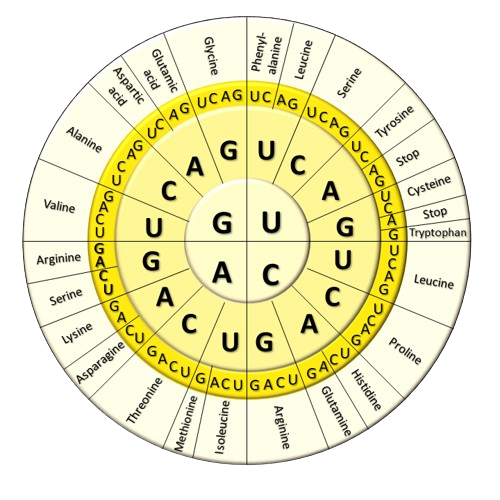#Brainstorms about the mind
What is creativity?
What is intelligence?
What is non-computable or non-algorithmic about intelligence?
The Turning halting problem has shown us that there is no program, which could decide whether any arbitrary computer program would halt or loop forever.
Godel’s Incompleteness theorem has shown us that deriving all mathematics from a group of axioms is not possible.
This means, there’s surely something non-computable about the mind that exists.
So, what is non-computable about our minds.
Let us think about the issue.
We know, whenever we face a complex problem, it is easy to deal with it by breaking it into simpler parts.
So, when we think, imagine, or get creative about something, what does our mind actually do?
It processes sensory information from vision, hearing, smelling, tasting, and touch. In the sensory cortices of our brain, we process the electrochemical signals coming from sensory organs and perceive them in our own unique ways. This perception, dubbed ‘qualia’, is subjective and can’t be reached objectively.
Now, let’s think of our childhood brain as an empty slate with certain programs installed in it on how to process information. From infancy, we are exposed to a lot of information about relationships between different types of sensory information. For example, a child sees its surroundings and learns how to reproduce them. It sees our gestures during our talk, including facial and bodily movements, and the sounds we produce. It then reproduces this information using its motor apparatus. While processing this information, it learns the relationship between different types of information we have ascribed, knowingly or unknowingly, e.g., the relationship between sounds we produce and the hand movements we do, the minute facial muscle movements, and the sound units produced through this process, etc.
A child while getting acquainted with the ‘letters’ and their corresponding sound units- ‘phonemes’ during learning how to read and write, learns about our ascribed ‘relationship’ between a ‘curved line (e.g., letter ‘p’)’ and the sound (e.g., ‘p’ sound). The child then writes the ‘p’ and uses this information learned from experience.
It seems like a highly sophisticated computer using neural networks or parallel connections could do the same if trained through all the information in its surrounding environment over years (like a child learns through experience over time).
However, what is unique about us is that we can produce a completely ‘arbitrary’ relationship between two types of sensory information. For example, you can, just for fun, ascribe the sound ‘A’ to the letter ‘B’, the sound ‘B’ to the letter ‘C’, and write down cryptic sentences using your new symbolic language. However, a computer, running on algorithms, can’t produce a completely arbitray relationship (i.e., ascribe arbitrary meaning between two types of sensory units).
Interestingly, we can also retrieve any arbitrary relationships by getting enough information about a new cryptic symbolic system.
When we do abstract thinking we actually manipulate and examine different types of arbitrary relationships between different sensory information and do logical or intuitive deduction.
If we think about this deeply, we can realize that- “The unique feature of human intellect is the ability to associate two unrelated objects with purpose.”
I came across this realization when I got a deeper understanding of our neuronal structure through several texts and other books. Interestingly, I got a similar insight from Dale Purves’ textbook ‘Neuroscience’ and pediatric neurosurgeon Michael Egnor’s talks.
Long ago, realizing this significant feature of the human mind, I put it in my Facebook profile intro. It now seems this understanding is being confirmed day by day.
Alhamdulillah! Allah is the Greatest.
